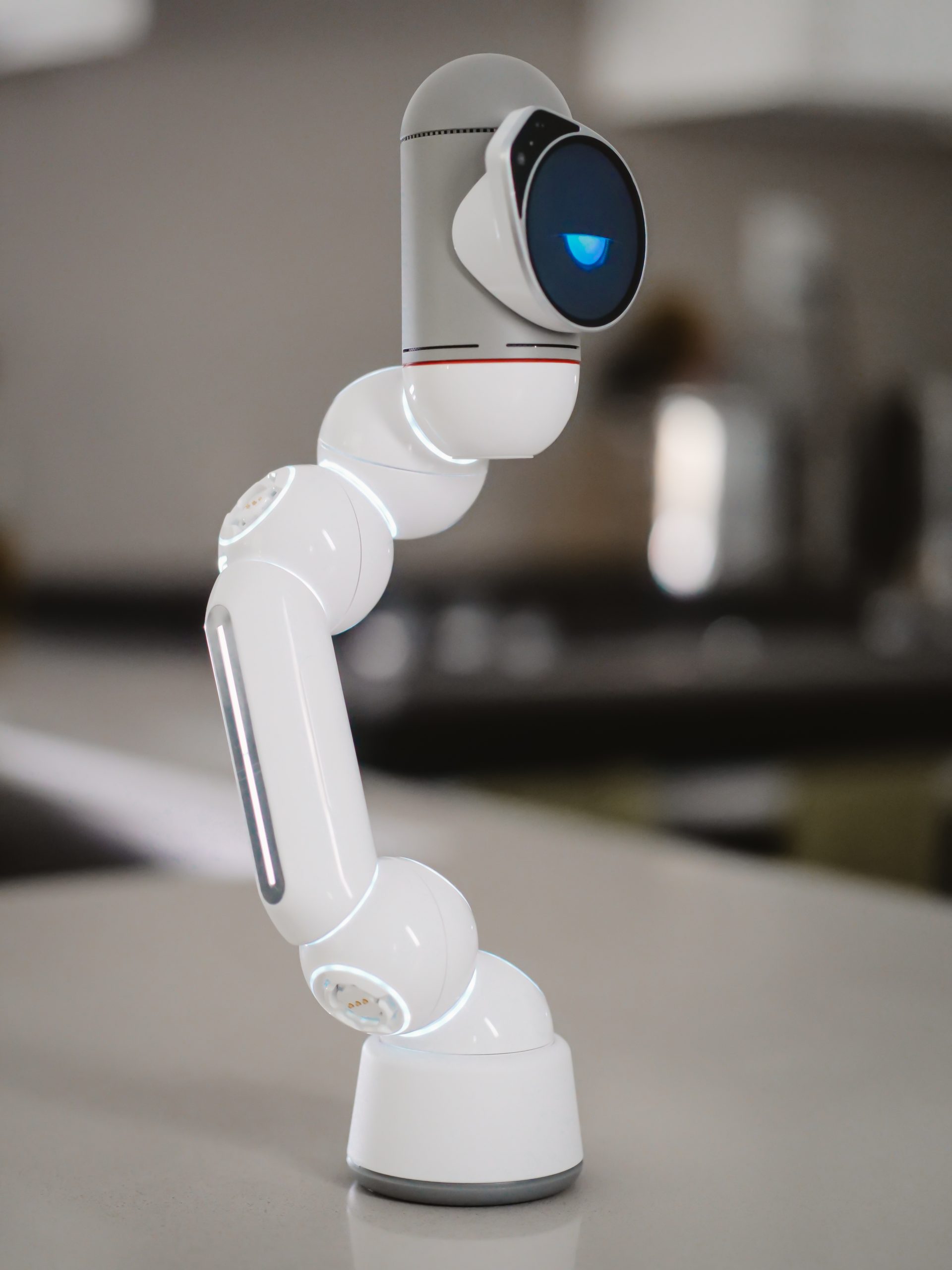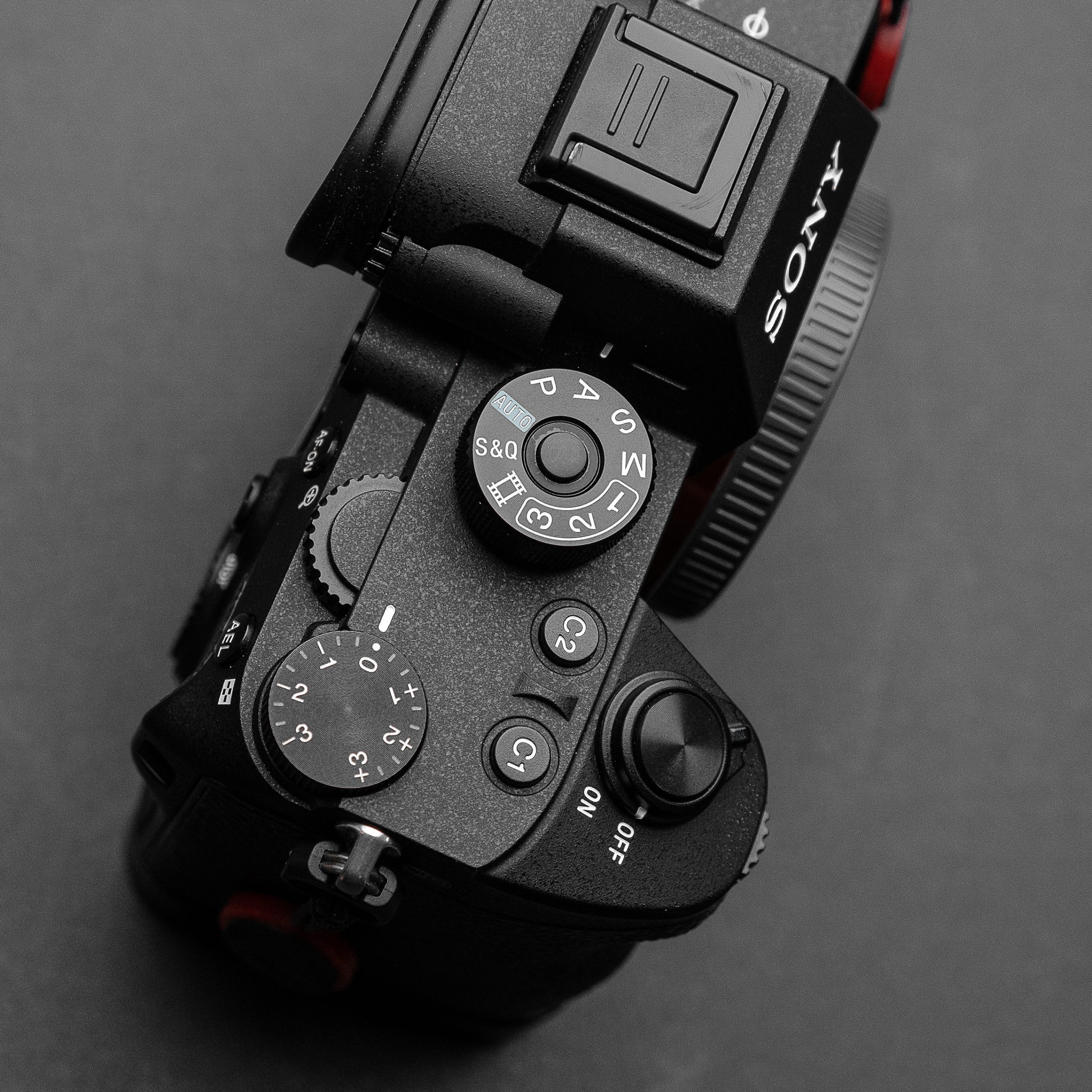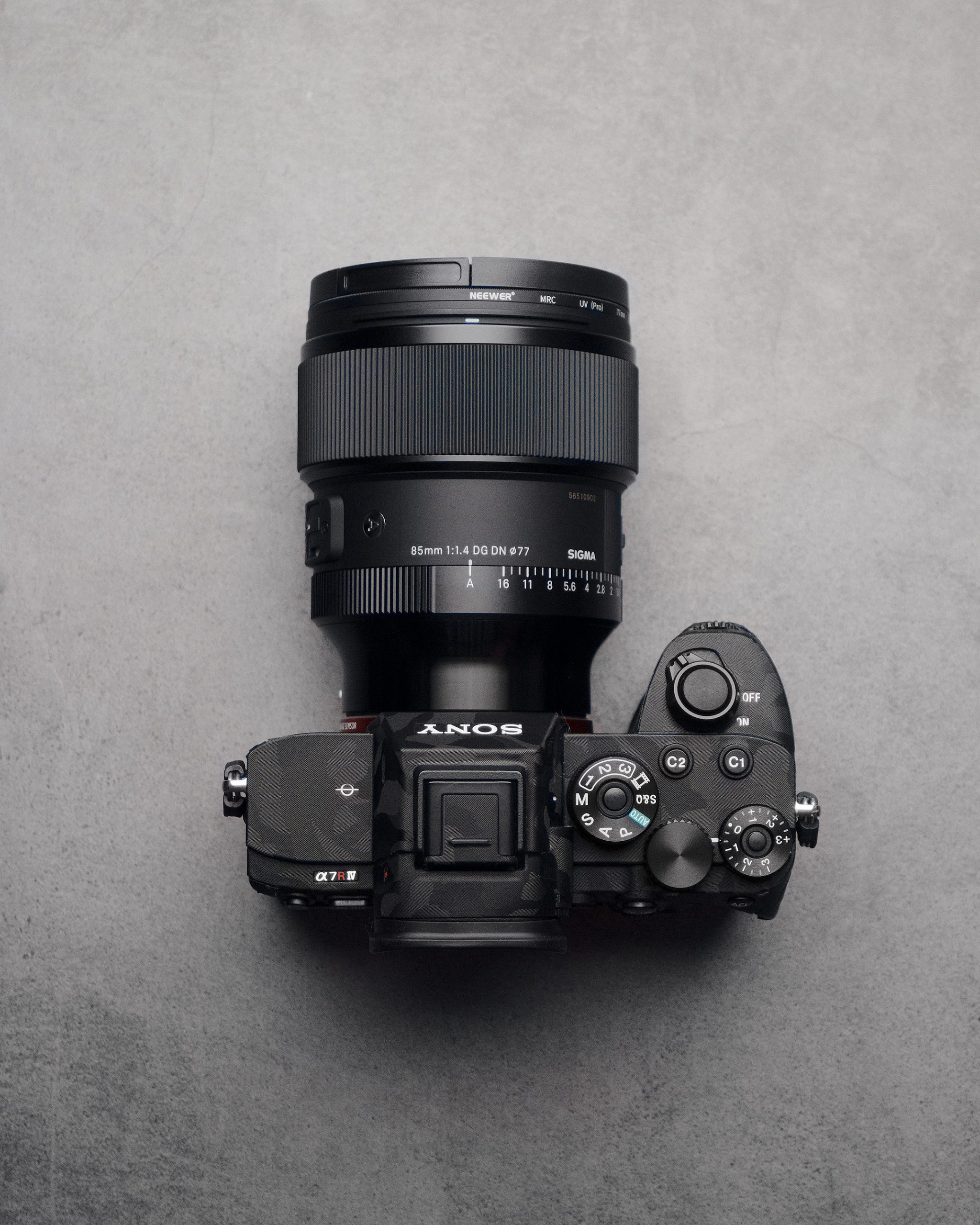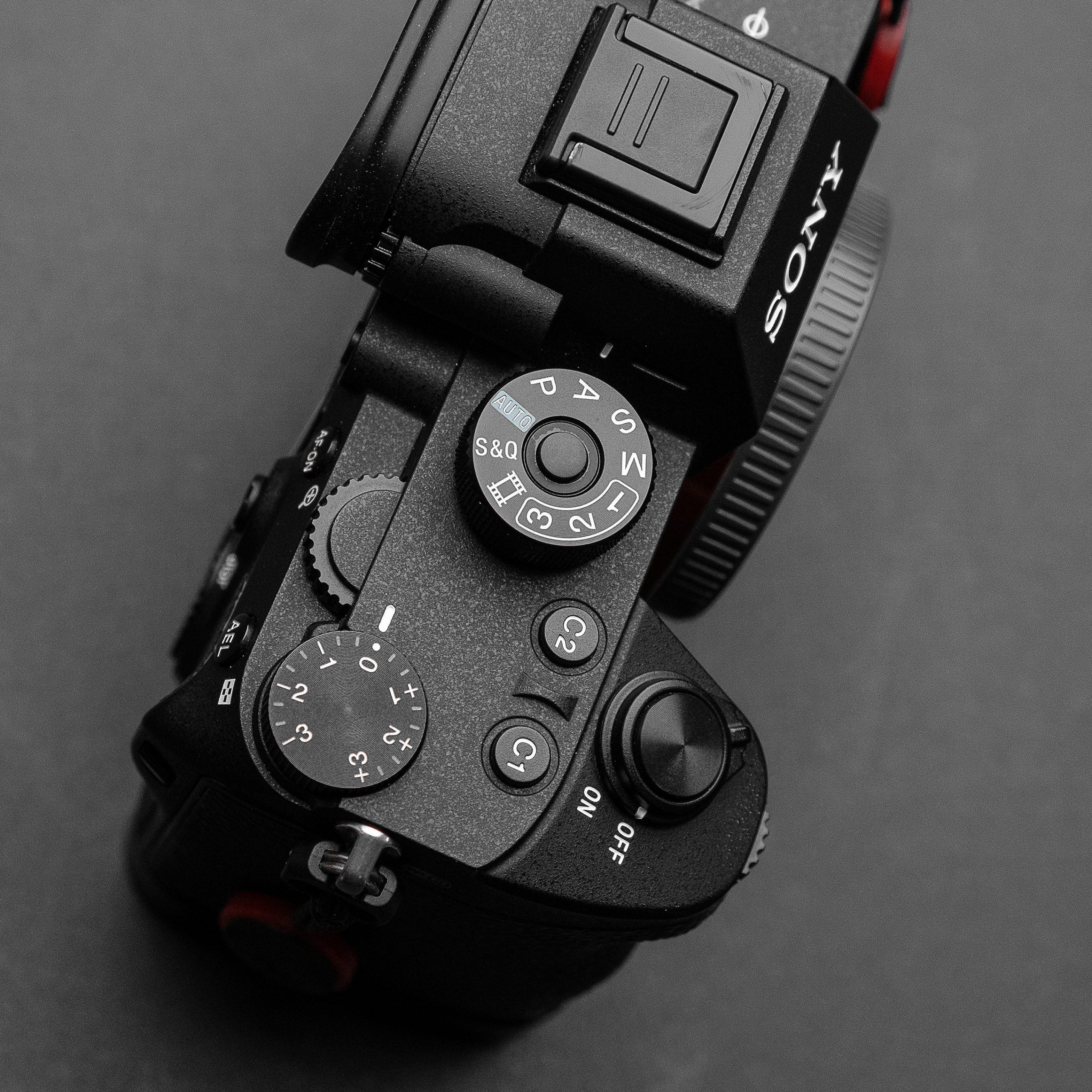Imagine a world where technology can navigate autonomously, detect diseases in their earliest stages, and revolutionize the way we approach medicine. This is not a distant reality but a possibility that could soon become commonplace thanks to the role of quantum sensors in everyday technology. By harnessing the power of quantum mechanics, these sensors have the potential to transform various fields, from navigation systems that are more accurate than ever before, to medical devices that can detect diseases with unparalleled sensitivity. Join us as we explore the incredible advancements and applications of quantum sensors in our everyday lives.
1. Overview of Quantum Sensors
1.1 What are Quantum Sensors?
Quantum sensors are devices that utilize principles from quantum mechanics to measure physical quantities with unparalleled accuracy and precision. Unlike classical sensors, which rely on classical physics concepts, quantum sensors take advantage of quantum phenomena, such as superposition and entanglement. These sensors are capable of detecting and measuring a wide range of physical quantities, including position, velocity, magnetic fields, and light intensity. They have emerged as powerful tools in various fields, revolutionizing technologies across industries.
1.2 How Do Quantum Sensors Work?
Quantum sensors operate on the principles of quantum mechanics, a branch of physics that describes the behavior of matter and energy at the smallest scales. At the heart of quantum sensors are quantum particles, such as atoms, ions, and photons, which exhibit unique quantum properties. These sensors make use of delicate quantum states and interactions to make highly sensitive measurements.
For example, quantum gyroscopes utilize the quantum property of superposition, where particles can exist in multiple states simultaneously. By carefully manipulating and measuring the superposition of quantum states, quantum gyroscopes can precisely determine changes in rotation. Similarly, quantum magnetometers exploit the quantum property of entanglement to detect even the smallest magnetic fields with remarkable accuracy.
1.3 Advantages of Quantum Sensors
Quantum sensors offer several distinct advantages over their classical counterparts. Their exceptional sensitivity, precision, and reliability make them invaluable tools in a wide range of applications. Some key advantages of quantum sensors include:
-
Unprecedented Accuracy: Quantum sensors can achieve measurement accuracy beyond the limits of classical sensors. By harnessing quantum phenomena, these sensors can detect and measure physical quantities with unprecedented precision.
-
Enhanced Sensitivity: Quantum sensors are highly sensitive to even the tiniest changes in the environment, enabling the detection of minute variations in forces, fields, and particles. This sensitivity opens up new possibilities for scientific research and technological advancements.
-
Improved Resolution: Quantum sensors offer enhanced resolution compared to classical sensors, allowing for finer details to be captured and measured. This is particularly useful in imaging and microscopy applications, where high-resolution images are critical.
-
Low Power Consumption: Quantum sensors often operate at low energy levels, leading to reduced power consumption. This makes them ideal for applications that require long battery life or energy efficiency.
-
Broad Application Potential: Quantum sensors have broad application potential across various industries, from navigation and communication to healthcare and environmental monitoring. Their versatility and precision make them suitable for an array of cutting-edge technologies.
2. Quantum Sensors in Navigation Systems
2.1 Quantum Gyroscopes for Accurate Positioning
Navigation systems heavily rely on gyroscopes to determine precise positioning and orientation. Traditional gyroscopes face limitations in terms of sensitivity and accuracy. However, quantum gyroscopes provide a breakthrough solution by utilizing the principles of superposition and interference. By measuring the quantum states of ultra-cold atoms or ions, these gyroscopes can achieve significantly higher accuracy, making them ideal for applications in aviation, marine navigation, and autonomous vehicles.
2.2 Quantum Magnetometers for Improved Compasses
Accurate compasses are essential for navigation systems, and quantum magnetometers offer a significant improvement over classical compass technologies. Quantum magnetometers can detect and measure extremely weak magnetic fields, providing precise heading information. This capability enables more reliable navigation in challenging environments, such as near metallic structures or in areas with significant magnetic interference.
2.3 Quantum Sensors in Autonomous Vehicles
The development of autonomous vehicles relies on highly accurate and reliable sensors for navigation and object detection. Quantum sensors, with their superior precision and sensitivity, play a crucial role in enabling safe and efficient autonomous transportation systems. Quantum gyroscopes and magnetometers can provide precise positioning data, while quantum cameras offer enhanced object recognition capabilities. These quantum sensors contribute to the advancement of self-driving cars, drones, and other autonomous vehicles.

3. Quantum Sensors in Imaging and Photography
3.1 Quantum Cameras for Enhanced Image Resolution
The field of imaging and photography benefits from the unique capabilities of quantum sensors. Quantum cameras utilize quantum entanglement and superposition to capture images with exceptional resolution and improved sensitivity to light. This technology allows for the capture of finer details and improved image quality, making quantum cameras valuable in applications such as microscopy, astronomy, and professional photography.
3.2 Quantum Sensors for Night Vision and Low-Light Photography
Quantum sensors are particularly suited for low-light imaging and night vision applications. By exploiting the sensitivity of quantum particles to individual photons, quantum sensors can detect and amplify extremely weak light signals. This capability opens up new possibilities in surveillance, security, and astronomy, enabling improved visibility and image quality in challenging lighting conditions.
3.3 Quantum Sensors in Medical Imaging
In the field of medical imaging, quantum sensors offer significant advancements in terms of resolution, sensitivity, and safety. Quantum sensors can capture highly detailed images with enhanced contrast, improving the accuracy of diagnostic procedures such as X-rays, CT scans, and MRI imaging. Moreover, the high sensitivity of quantum sensors allows for the reduction of radiation exposure during medical imaging, enhancing patient safety.
4. Quantum Sensors in Communication and Information Technology
4.1 Quantum Sensors for Secure Communication
Quantum sensors play a crucial role in secure communication systems. Quantum key distribution (QKD) relies on the principles of quantum mechanics to establish unbreakable encryption keys. By utilizing the properties of quantum particles, such as the uncertainty principle and entanglement, QKD ensures secure and tamper-proof communication channels. Quantum sensors are instrumental in the implementation of QKD, enabling secure data transmission in applications such as banking, defense, and sensitive information exchange.
4.2 Quantum Sensors in Quantum Computing
Quantum sensors are integral to the field of quantum computing, which harnesses the principles of quantum mechanics to perform complex computations. Quantum sensors, such as quantum bits (qubits), are the building blocks of quantum computers. These sensors enable the manipulation and readout of quantum states, which form the basis of quantum computing operations. Quantum sensors are essential for the development and advancement of quantum computers, which have the potential to solve computational problems much faster than classical computers.
4.3 Quantum Sensors in Data Storage and Encryption
Quantum sensors also contribute to advancements in data storage and encryption. Quantum memory devices, based on quantum phenomena, offer the potential for highly efficient and secure data storage. These devices can store and retrieve quantum information, allowing for the development of robust encryption methods that are resistant to classical decryption techniques. Quantum sensors enable the creation and manipulation of quantum states, making them crucial for the development of quantum memory and encryption technologies.

5. Quantum Sensors in Medicine and Healthcare
5.1 Quantum Sensors for Medical Diagnostics
Quantum sensors have promising applications in medical diagnostics, facilitating more accurate and efficient healthcare practices. Quantum-based sensors can detect and measure various biomarkers and physiological parameters, enabling early detection of diseases and monitoring of patient health. These sensors offer the potential for non-invasive and real-time diagnostic tools, enhancing patient care and treatment outcomes.
5.2 Quantum Sensors in Magnetic Resonance Imaging (MRI)
Magnetic Resonance Imaging (MRI) is a widely used medical imaging technique that relies on strong magnetic fields and radio waves. Quantum sensors, such as superconducting quantum interference devices (SQUIDs), enhance the sensitivity and precision of MRI machines. By detecting and measuring the weak magnetic fields produced by the body, quantum sensors improve the image quality and provide more detailed information for accurate diagnosis and treatment planning.
5.3 Quantum Sensors for Drug Delivery and Nanomedicine
Quantum sensors hold great potential in the field of drug delivery and nanomedicine. These sensors can accurately detect and monitor drug concentrations at the cellular level, allowing for precise control and targeted delivery of medications. Quantum sensors also enable the imaging of nanoscale drug carriers within the body, enhancing the development and optimization of drug delivery systems. These advancements have the potential to revolutionize drug development and personalized medicine.
6. Quantum Sensors in Environmental Monitoring
6.1 Quantum Sensors for Pollution Detection
Environmental monitoring is essential for assessing and mitigating the impact of pollution on ecosystems and human health. Quantum sensors offer highly sensitive and accurate detection capabilities for various pollutants, including gases, toxins, and particulate matter. These sensors enable real-time monitoring of air quality, water contamination, and soil pollution, facilitating proactive measures for environmental conservation and protection.
6.2 Quantum Sensors for Climate Analysis
Understanding and predicting climate patterns and changes are crucial for climate analysis and climate change mitigation efforts. Quantum sensors, with their exceptional accuracy and sensitivity, contribute to climate research by providing precise measurements of temperature, humidity, greenhouse gases, and other climate-related parameters. These sensors enable more reliable climate models and support evidence-based decision-making for climate policy and sustainability initiatives.
6.3 Quantum Sensors in Agricultural Monitoring
Quantum sensors play a vital role in improving agricultural practices through advanced monitoring and sensing technologies. These sensors can measure soil conditions, nutrient levels, and plant health parameters with great accuracy and sensitivity. Quantum-based agricultural sensors enable farmers to optimize irrigation, fertilizer usage, and crop management, leading to higher yields, resource conservation, and sustainable farming practices.

7. Quantum Sensors in Energy Systems
7.1 Quantum Sensors for Enhanced Solar Cells
Solar energy conversion efficiency is a critical factor in advancing renewable energy technologies. Quantum sensors contribute to the development of more efficient solar cells by enabling the precise measurement and characterization of various parameters, such as light absorption, carrier dynamics, and energy conversion efficiency. The insights gained from quantum sensors aid in the design and optimization of solar cell materials and architectures, leading to improved energy capture and utilization.
7.2 Quantum Sensors for Efficient Energy Storage
Energy storage plays a vital role in enabling the widespread adoption of renewable energy sources. Quantum sensors contribute to the advancement of energy storage technologies by facilitating precise monitoring and control of energy storage systems. These sensors enable the measurement of critical parameters, such as battery state of charge, power capacity, and efficiency, enabling the development of more efficient and durable energy storage devices.
7.3 Quantum Sensors in Nuclear Power Plants
Safety and precision are paramount in nuclear power plants to ensure the effective monitoring and management of nuclear processes. Quantum sensors offer enhanced accuracy in measuring radiation levels, neutron flux, and reactor conditions. These sensors provide real-time data that enables precise control and regulation of nuclear reactions, enhancing safety, efficiency, and the overall performance of nuclear power plants.
8. Challenges and Limitations in Quantum Sensor Technology
8.1 Sensitivity to Environmental Interference
One of the challenges in quantum sensor technology is the susceptibility of these sensors to environmental interference. Quantum sensors are extremely sensitive, and even minor disturbances can affect their accuracy and reliability. Efforts are being made to develop shielding techniques and noise reduction strategies to mitigate the impact of environmental factors and improve the robustness of quantum sensors.
8.2 Cost and Scalability Constraints
Another limitation of quantum sensor technology is the current high cost and limited scalability. The complex and delicate nature of quantum sensors makes their fabrication and maintenance expensive. Additionally, the scalability of quantum sensors to large-scale production is still a challenge. Ongoing research and technological advancements aim to reduce costs, improve manufacturing processes, and enhance scalability, making quantum sensors more accessible and cost-effective.
8.3 Integration with Existing Technologies
Integrating quantum sensors into existing technologies and systems can be complex. Compatibility with conventional electronics and computing infrastructure is a significant consideration. Efforts are underway to develop hybrid systems that combine quantum and classical components, providing seamless integration and ensuring compatibility with existing technology ecosystems.

9. Future Prospects and Research Directions
9.1 Advancements in Quantum Sensor Miniaturization
Future research in quantum sensor technology focuses on miniaturization, aiming to develop smaller, portable, and more efficient quantum sensors. Advancements in nanotechnology and materials science contribute to the fabrication of nano-sized quantum sensors that can be integrated into wearable devices, Internet of Things (IoT) systems, and mobile applications. Miniaturization opens up new possibilities for ubiquitous sensing and the integration of quantum sensors into everyday objects.
9.2 Exploration of New Quantum Phenomena
The exploration of new quantum phenomena is a key area of research in quantum sensor technology. Scientists are continuously studying and harnessing exotic quantum effects to develop novel sensing techniques. Quantum phenomena such as quantum tunneling, quantum squeezing, and quantum nonlocality hold potential for further advancements in quantum sensor capabilities. Exploring these phenomena can lead to the development of even more sensitive, precise, and versatile quantum sensors.
9.3 Integration of Quantum Sensors with Internet of Things (IoT)
The integration of quantum sensors with the Internet of Things (IoT) represents a promising avenue for future research and development. Quantum sensors, when combined with IoT connectivity and data analytics, can enable real-time, data-driven decision-making in various domains. This integration opens up new possibilities for smart cities, intelligent transportation systems, and personalized healthcare, among many other applications. Efforts are underway to develop reliable and secure quantum-enabled IoT platforms to harness the full potential of quantum sensors.
10. Conclusion
Quantum sensors have emerged as game-changers in numerous fields, revolutionizing everyday technologies and opening up unprecedented possibilities. Their exceptional accuracy, sensitivity, and precision make them invaluable tools in navigation, imaging, communication, medicine, environment monitoring, energy systems, and beyond. Quantum sensors offer revolutionary advancements, from highly accurate navigation systems to enhanced medical diagnostics and sustainable energy technologies. Ongoing research, innovations, and collaborative efforts will continue to push the boundaries of quantum sensor technology, bringing us closer to a future where quantum sensors are seamlessly integrated into our everyday lives.













